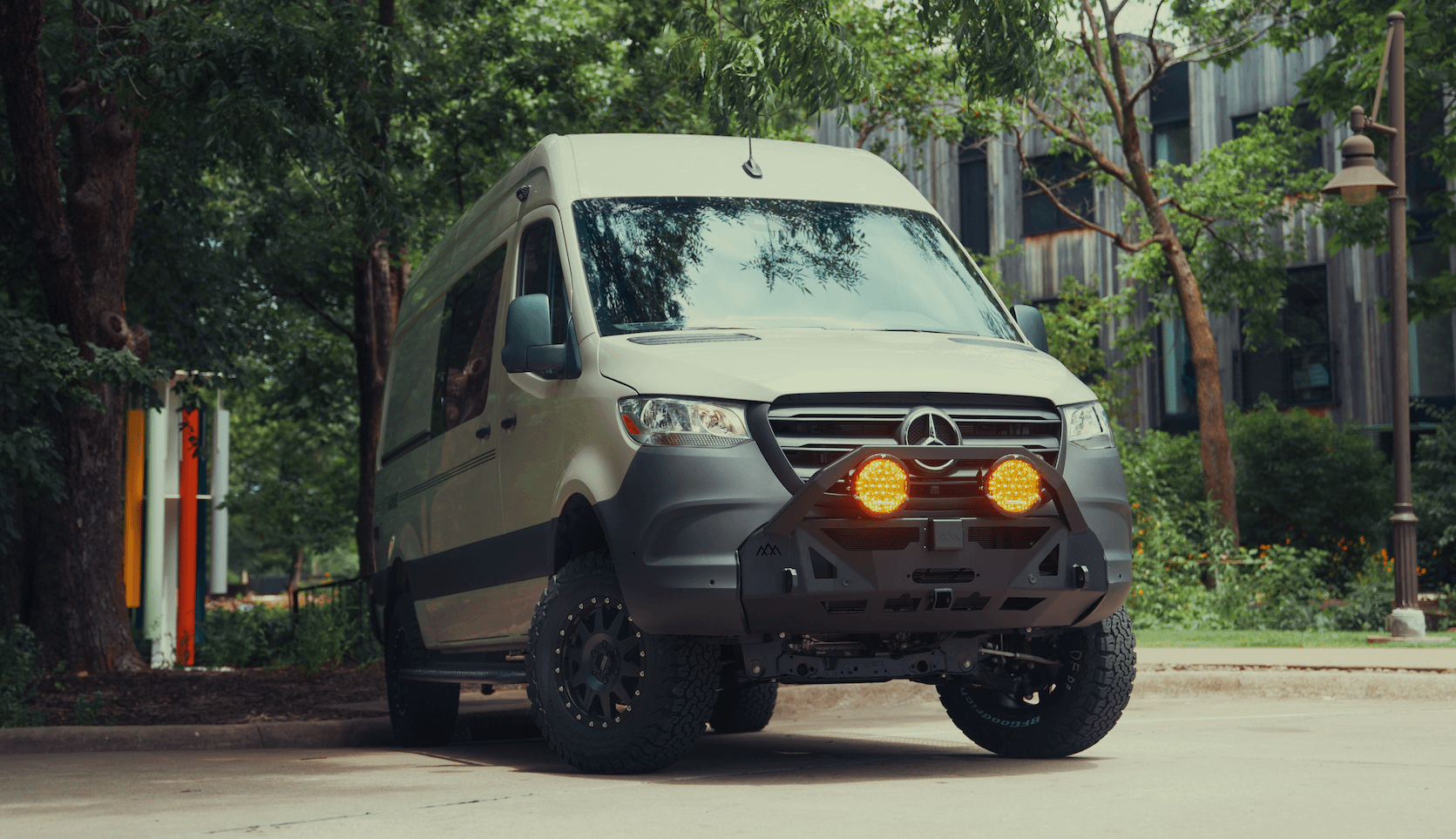Recreational Vans

Swivel seats add lounge like flexibility by turning front seats toward the living space. Compatibility is driven by four variables that differ by trim. Seat architecture matters first. Manual seats with simple wiring are usually easier than powered or ventilated variants with complex harnesses and control modules. Second, under seat packaging matters. If a battery, junction box, or airbag module lives beneath the seat base, you need a low profile swivel and management for wiring slack. Third, cabin obstacles change the turning arc. Parking brakes, center consoles, and seat armrests can block rotation without reposition kits. Fourth, safety and compliance are non negotiable. Hardware must maintain seat anchorage strength and preserve airbags, seat belt pretensioners, and occupant sensors in line with FMVSS principles.
Cargo trims often welcome swivels because they have simpler seats and fewer obstructions. Crew trims can be similar but may add rear HVAC ducts or floor mounts that tighten clearances. Passenger trims bring the most variables. More airbags, powered seats, and integrated consoles can limit options or require model specific plates. Regardless of trim, expect added seat height from the swivel, commonly three quarters to one and a half inches, which subtly changes driving posture. Low profile designs reduce height and are preferred for taller drivers.
Compatibility lives in the details. Across the big three, you can achieve smooth rotation with the right plate and a few trim specific add ons.
Sprinter cargo and crew trims are frequently swivel ready with low profile plates that clear the driver side battery under the base. Be sure the plate supports the seat’s occupancy sensor and airbag wiring with safe pass throughs and strain relief. Passenger trims with power comfort seats are the toughest and may require factory style swivels or foregoing the power base. The driver side often needs a slimmer plate to maintain wheel clearance. Expect to slide the seat rearward and recline slightly to complete a full rotation without clipping the wheel or pillar.
Pre 2020 Transit models with a manual handbrake may need a brake drop bracket so the passenger seat can rotate cleanly. Many 2020 plus trims gained an electronic parking brake which simplifies fitment. Transit cargo trims accept swivels readily, while XLT passenger trims with powered or heated seats require year specific plates that account for updated airbag and occupancy connectors. Some models offered factory swivels that can be retrofitted if parts are available, though aftermarket low profile plates remain common for both driver and passenger positions.
Promaster’s upright seating works well with swivels, especially in cargo trims. Since the main battery is not under the seat in most trims, clearance is straightforward. Passenger versions add interior trim and sometimes armrest conflicts that call for careful seat angle and travel while turning. Low profile plates help keep eye point close to stock. Verify buckle mounting points and ensure the swivel accommodates belt receptacle geometry to keep restraint function intact.
Swivel plates should be engineered for your exact van year and seat configuration and must retain seat structure and belt loads appropriate to FMVSS 207 and 210 principles. Use the hardware supplied by the manufacturer and torque fasteners to the provided specification. Maintain airbag and occupancy sensor integrity by routing harnesses through provided channels and ensuring sufficient slack throughout the turn. If your van has seat heaters or ventilation, confirm the harness length and connector compatibility before install.
Expect a turning routine rather than a single motion. In many vans, the smoothest method is to slide the seat back, tilt the backrest slightly, rotate past the wheel or pillar, then readjust for lounge position. On the driver side, steering wheel tilt and telescope help clear high bolsters and armrests. On the passenger side, drop brackets or alternate handbrake solutions may be necessary in older Transits. In all cases, the seat must lock positively in the forward driving position.
You bring the van and goals, we map the swivel path that suits your trim and daily use. Our team sources low profile hardware for Sprinter, Transit, and Promaster, integrates wiring with tidy routing, and verifies smooth rotation without rattles. If your build is moving beyond a pair of swivels, we can shape the cabin around that lounge layout with flooring, cabinetry, and power that make every turn count. Explore our recreational vans to see how a swivel concept anchors a living space. Looking to start from a blank canvas, review the custom build van path. If you are considering a finance friendly platform, check current options on mainstream vans.
When you are ready, we will spec the correct swivel for your trim, preserve all safety systems, and finish with clean upholstery and motion that feels factory. Your seats should turn like they were meant to.
Tell us your van year, trim, and seat type. We will confirm swivel compatibility, outline hardware and wiring needs, and schedule your install. Your cabin should work like a living room in minutes, then lock down for the drive.
Ready to add swivel seats and dial the interior around your lifestyle? Tell us your van year, trim, and seating now. OZK Customs will spec the correct hardware, integrate wiring safely, and deliver a clean, rattle free install. Start your build conversation today.
ADDRESS:
6159 E Huntsville Rd, Fayetteville, AR 72701
PHONE:
(479) 326-9200
EMAIL:
info@ozkvans.com